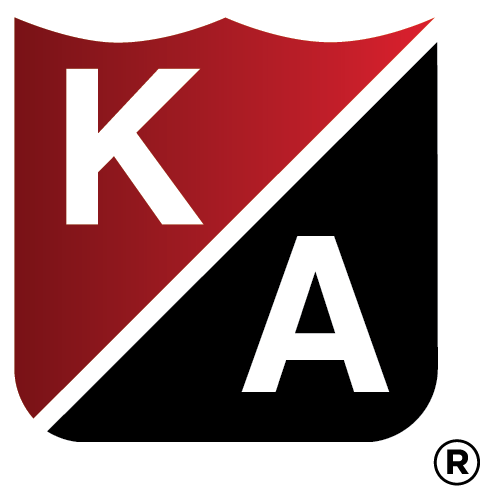I have had the honor of working with many hard working, engaged employees. One, in particular was particularly diligent. He was often the first one in the office. He always led with ‘how can I help’ to every customer and prospect. He partnered with any colleague to solve tough problems. He loved his job. Then he resigned. What did I miss? It turns out, he had a passion for brewing beer.
I always knew that he was a hobbyist, but had no idea that his long-term plan was to own and operate his own brewery. I am thrilled that he followed his passion and today he is a very successful business owner. If you are ever in Minneapolis or St. Paul, I highly recommend that you add the Burning Brothers Brewing to your itinerary. http://www.burnbrosbrew.com/
This story, of course, is not about a brewery. It is about the responsibility of company leadership to know what drives each employee and the professional goals and aspirations of each. It is not enough to know about short term goals. Those look something like “I would like to finish 3 projects” or “I plan to make sure all of our materials are ordered timely.” Those are near term objectives. While those are important to make certain that the organization meets its annual plan, they are not the same as a long- term development plan.
A long-term employee development plan captures a few key components. It includes an assessment of what the employee is currently good at, skills the employee would like to gain in the coming 2-3 years, and future aspirations. It is the employee’s obligation to draft those thoughts, however it is the employer’s responsibility to work with each employee to help make them a reality. An employee with a long-term plan is much more engaged and more likely to remain connected to the organization. The risk of resignation or worse yet, reduced productivity is lowered. From the company perspective, these plans allow for the leadership to match a long-term company strategic plan with the talent in the organization and at the same time understand any gaps.
When it comes to contractor succession planning, the benefits should be clear. First, do you have employees interested in your role, other leadership roles, or ownership at some level in the future? If you do, now is the time to begin that investment with them, even if the expected pay-off might not be for several years. If not, now is the time to think about the talent needed in your organization to minimize the risk of a succession plan gap. Even if succession planning is not your primary focus, employee development plans are critical to understand the talent in your organization and how that talent matches with your long-term company strategic plan. You might even find the next best micro-brewery.



